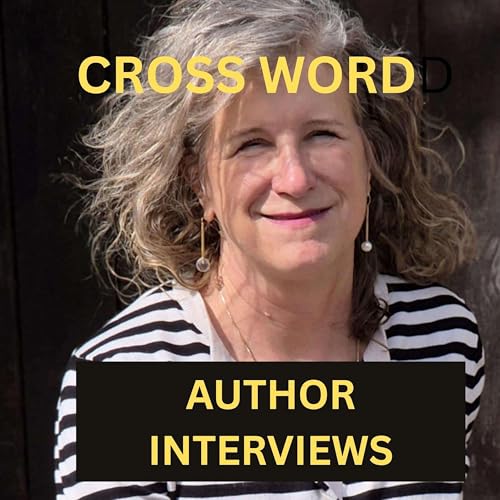
Vampire Epidemics Explained
No se pudo agregar al carrito
Add to Cart failed.
Error al Agregar a Lista de Deseos.
Error al eliminar de la lista de deseos.
Error al añadir a tu biblioteca
Error al seguir el podcast
Error al dejar de seguir el podcast
-
Narrado por:
-
De:
Send us a text
You can contact Michele at
https://www.bookclues.com
Have you ever read Dracula??? child's play compared to John Blair's Killing the Dead; Vampire Epidemics from Mesopotamia to the New World.
A corpse that won’t stay put tells you as much about the living as it does about the dead. We sit down with Oxford’s Professor John Blair to chart how vampire epidemics rise when communities are shaken by disease, war, or rapid change—and why the freshly buried become suspects when fear demands a target. From cuneiform-era hints of walking corpses to the 1720s Habsburg–Ottoman frontier where exhumations spread like wildfire, we follow the ideas that fused Central European “dangerous dead” with bloodsucking demons from the Caucasus and Black Sea, eventually crystallizing into the vampire that haunts Western imagination.
Together we draw clear lines between ghosts, zombies, and walking corpses and explore cultures that treat death as a long passage rather than a moment. Greek funerary customs—wakes, ossuaries, inspection of clean white bones—frame a pragmatic logic: when decay stalls, ritual steps in. We examine gendered patterns that mark young women as prime “restless” candidates, echoing deep folklore about female power and unfinished lives. Then we head into the ground with a practical guide to reading graves: decapitation with bound legs, bodies flipped face down, hearts pierced or removed, jaws separated to stop biting and curses. Archaeology becomes a detective story, not a horror script.
We also connect neurology and narrative through sleep paralysis, including intense Hmong cases in the United States where trauma and disrupted belief systems turned night terrors deadly. Finally, we trace how the press and literature—Voltaire’s metaphors, Le Fanu’s Carmilla, and Stoker’s Dracula—reshaped scattered practices into a single, seductive archetype. If you’re curious about how societies manage grief, channel anxiety, and transform fear into ritual, this conversation opens a doorway from folklore to forensic clues and back again.
Subscribe, share with a friend who loves history or horror, and leave a quick review to help others find the show. What idea about vampires will you rethink after listening?



